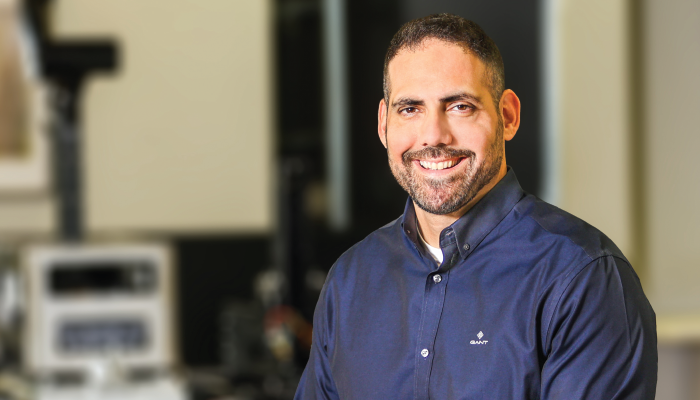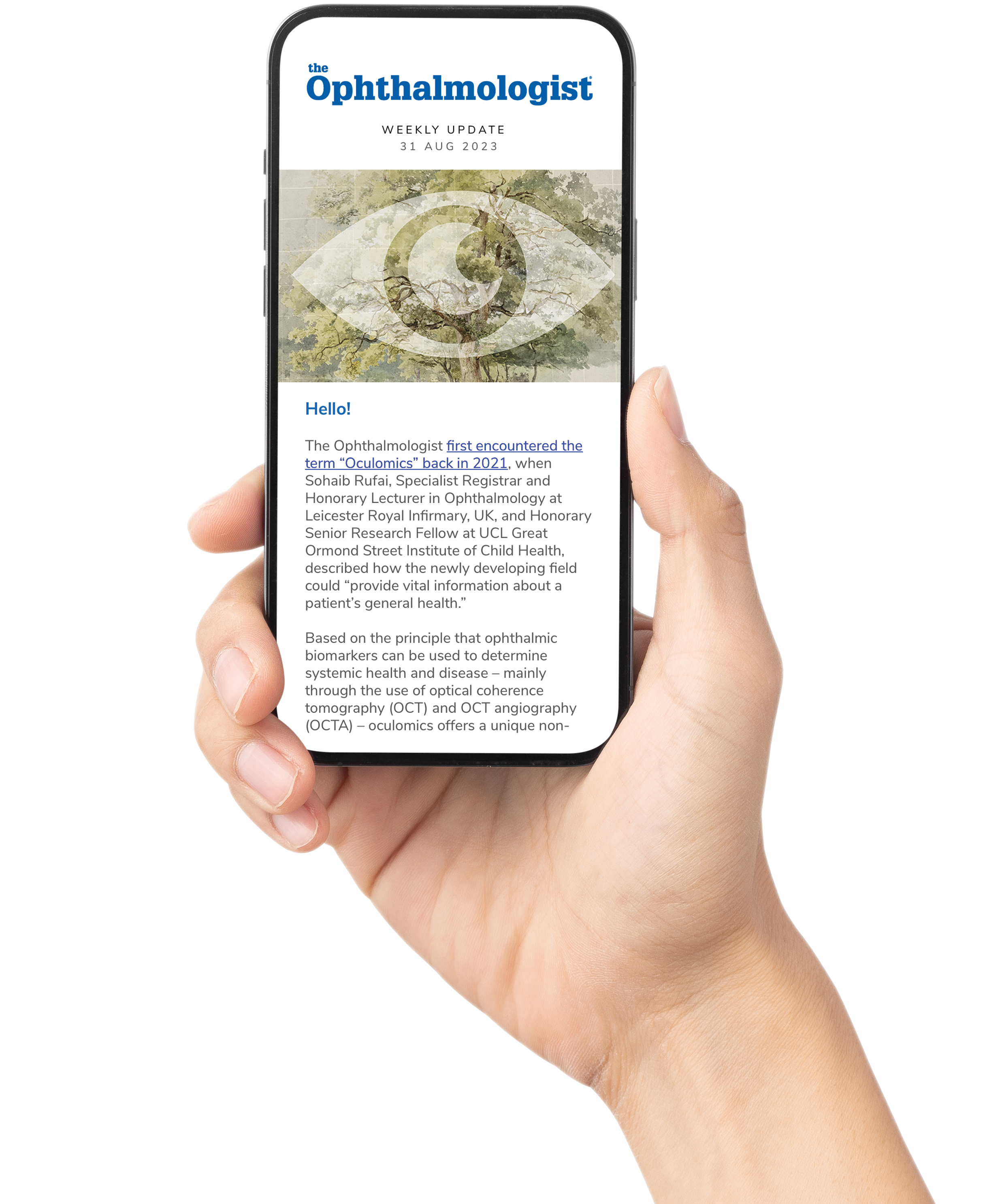
Joseph Nathan
Joseph Nathan, President of Israel’s ForSight Robotics, outlines how the company is developing “the eye-care clinic of the future” with its offerings such as the ORYOM™ Platform (“daylight” in Hebrew) – the first robotic ophthalmic platform that aims to automate ophthalmic surgeries.
Could you give us some background to ForSight Robotics and your role within the company?
I’m an engineer by training. I did my bachelor’s, master’s, and MD degrees at the Technion – Israel Institute of Technology, which is like Israel’s MIT. I then did three years of residency in ophthalmic surgery. That’s when I saw the importance of precision for surgeons, and it struck me that we don’t screen for these skills at medical school or during residency. What also became clear to me was the lack of surgeons compared to the vast amount of patients.
I felt that robotics could be the answer. I had prior experience in this area. At Technion I met Moshe Shoham, Professor of Mechanical Engineering, who was Head of the Medical Robotics Laboratory; he is also the founder of Mazor Robotics, the first company to manufacture a robotic guidance system for spine surgery. (Mazor was acquired by Medtronic for $1.6 billion in 2018 and is the most successful robotic procedure for spine surgery in the world today.) I told Shoham that I thought robotics could make eye surgery more accessible, elevate the level of care, and radically transform the field. He agreed, and with another friend of ours, Daniel Glozman, who has a PhD in robotics, we started ForSight Robotics. That was around five years ago.
We brought in some of the best investors in the world, as well as experts from a range of different specialties. These included Dr. Fred Moll, who founded Intuitive Surgical and has been called “the father of robotic surgery,” and Rony Abovitz, who started MAKO, which was acquired by Stryker for $1.65 billion in 2013 and is the most successful robotics company in orthopedics. We are working with the best entrepreneurs of this generation to introduce robotics into ophthalmology.
Can you describe ForSight’s ORYOM™ Platform and how it promises to change cataract surgery?
There’s currently no robot in the anterior segment; we are positioned to be the first to enter the market. The ORYOM Platform is the first robotic ophthalmic platform that aims to automate ophthalmic surgeries and treat the diseases that contribute to preventable blindness, while considerably increasing the accuracy of the human hand.
It was a case of taking a manual procedure and adjusting it to robotics. There’s a computer between the surgeon and the patient, which gives the surgeon a lot of advantages, for example, micro-level precision in terms of manipulation and real-time 3D visualization. And many surgeons report having musculoskeletal issues after performing lots of procedures. Some of the surgery bottlenecks today are related to ergonomics; high-volume surgeons can get burned out. Platforms like ORYOM can alleviate this, while also potentially increasing the number of procedures by 200 percent.
The number of patients with cataracts is going to double in the next 20 to 30 years, but the number of surgeons is not going to rise. It’s a negative graph. Robotics is a technology that will give more surgeons the ability to do more procedures, achieve more throughput, and extend their careers with much better treatment modalities.
What kind of testing have you done, and how close are you to bringing this technology to market?
We’ve done hundreds of full robotic cataract surgeries on porcine eyes; the porcine eye is an amazing model for the human eye. There’s no physical intervention by the surgeon; the surgeon works on the console remotely for the whole procedure. We were the first company to do this procedure fully remotely. The next stage for us is the clinical work, which will start this year. After that, we’ll transition to our target market, the US, and then to other markets across the globe.
The challenge is not about accuracy, we know how to build these robotic systems. With today’s technologies, the engines and gears and the miniaturization, we’re reaching amazing levels of accuracy. The challenge is, how do you get into the OR? How do you work in this environment, which has not yet adopted such technology?
Surgeons are tech savvy, of course, but do you envisage any resistance to robotics from those wanting to continue with the traditional approach to surgery?
It makes sense to ask that question, but actually surgeons have been approaching us asking when this technology will be on the market, and whether they can be the first ones to use it. They understand that it will safeguard their health, but they’ll also be able to do more procedures, which means they will be better compensated. As we saw with femtosecond lasers, people like to be the first to use a new technology. Clinics and hospitals tend to lead with technology and pride themselves on being at the cutting edge. That’s what we’re seeing. As we’ve said, ophthalmology is a very tech-savvy profession. But other specialties have been quicker to get to robotics, so people are very keen to start using it in ophthalmology.
What plans do you have for getting this technology out to underserved regions?
As the technology begins to roll out, usually it is the US that adopts it first, then the rest of the world follows. That’s how it works in medicine. But we also see China and India as big markets. And there’s huge support from the Chinese government as part of the Healthy China 2030 initiative. The Indian economy is also on the rise. But they have huge numbers of cataracts and that is hurting the economy. We see India as a great opportunity for our technology to address the lack of resources, and the lack of surgeons, and provide the ability to do more procedures – and reach more patients.
It's early days of course, but are there also plans to apply this technology to other procedures?
When we developed the ORYOM Platform, we developed it from the ground up, specifically for eye surgery. However, the specification criteria for the engineers was that the robot should be able to reach every point within the eye. We want to consider new procedures that the human hand cannot do well today. I think retina is the logical next step for us. With the advancement of genetic therapy in the retina, a lot of new modalities will need the accuracy and throughput of robotics. So, we definitely consider ORYOM as a platform that will eventually be applied to the posterior segment as well.
Joseph Nathan, MD, MSc is co-founder, President, and Chief Medical Officer of ForSight Robotics, Yokne’am Illit, Israel.
